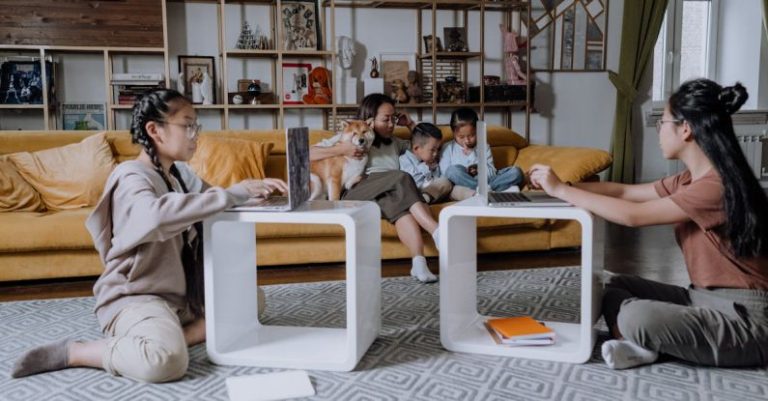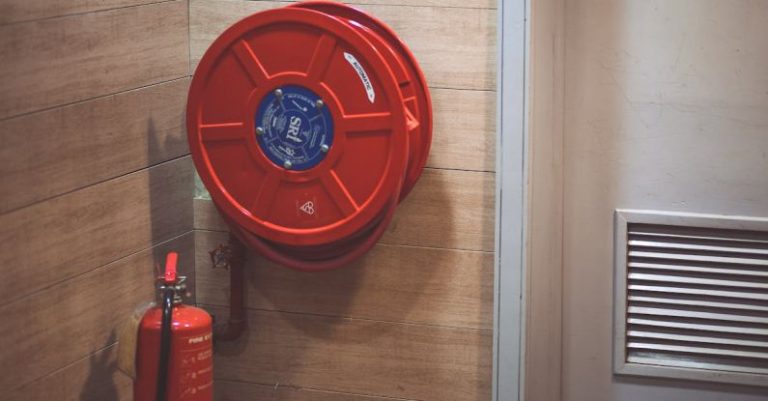The Advantages of Thermoplastic Composites in Facade Engineering
Thermoplastic composites are revolutionizing the field of facade engineering with their remarkable advantages over traditional materials. From improved durability to enhanced design flexibility, these innovative materials are changing the way facades are constructed and maintained. In this article, we will delve into the various benefits of thermoplastic composites in facade engineering.
Enhanced Durability
One of the key advantages of thermoplastic composites in facade engineering is their superior durability. These composites are highly resistant to environmental factors such as UV radiation, moisture, and temperature fluctuations, making them ideal for exterior applications. Unlike traditional building materials like steel or concrete, thermoplastic composites do not corrode or degrade over time, ensuring a longer lifespan for facade structures. This enhanced durability translates to lower maintenance costs and a reduced need for repairs, making thermoplastic composites a cost-effective choice for facade engineering projects.
Lightweight and High Strength
Thermoplastic composites are known for their impressive strength-to-weight ratio, making them an attractive option for facade engineering. Despite being lightweight, these materials offer exceptional structural integrity and can withstand high loads and stresses. This combination of lightweight and high strength allows for the construction of sleek and modern facades that are both aesthetically pleasing and structurally sound. Additionally, the reduced weight of thermoplastic composites simplifies installation and transportation processes, leading to faster construction timelines and lower labor costs.
Design Flexibility
Another significant advantage of thermoplastic composites in facade engineering is their unparalleled design flexibility. These materials can be molded into virtually any shape or form, allowing architects and designers to unleash their creativity and bring even the most intricate facade concepts to life. Whether it’s curved panels, geometric patterns, or custom textures, thermoplastic composites offer endless design possibilities that are limited only by imagination. This design flexibility enables the creation of unique and visually striking facades that set buildings apart and make a bold architectural statement.
Ease of Installation and Maintenance
Thermoplastic composites are relatively easy to install compared to traditional building materials, thanks to their lightweight nature and ease of handling. The simplicity of installation not only speeds up the construction process but also reduces labor costs associated with facade engineering projects. Additionally, the low maintenance requirements of thermoplastic composites further contribute to their appeal. These materials are resistant to staining, discoloration, and mold growth, ensuring that facades retain their aesthetic appeal with minimal upkeep. This ease of maintenance makes thermoplastic composites a practical choice for long-term facade solutions that require minimal intervention.
Sustainability and Environmental Benefits
In an era where sustainability is a top priority in the construction industry, thermoplastic composites shine as an environmentally friendly option for facade engineering. These materials are recyclable and can be repurposed at the end of their lifecycle, reducing waste and minimizing environmental impact. Furthermore, the production of thermoplastic composites consumes less energy and emits fewer greenhouse gases compared to traditional building materials, making them a greener choice for facade construction. By opting for thermoplastic composites, architects and developers can contribute to a more sustainable built environment without compromising on performance or aesthetics.
Innovative Applications
The advantages of thermoplastic composites in facade engineering extend beyond traditional building practices, opening up new possibilities for innovative applications. From dynamic facades that respond to environmental conditions to smart facades that incorporate integrated technologies, thermoplastic composites enable the creation of cutting-edge building envelopes that are both functional and visually striking. These materials are paving the way for the future of facade design, offering endless opportunities for pushing the boundaries of architectural creativity and innovation.
In conclusion, the advantages of thermoplastic composites in facade engineering are clear: enhanced durability, lightweight and high strength, design flexibility, ease of installation and maintenance, sustainability, and innovative applications. By harnessing the potential of these advanced materials, architects and developers can create facades that not only stand the test of time but also redefine the aesthetics and performance of modern buildings. Thermoplastic composites are undoubtedly a game-changer in the world of facade engineering, offering a blend of functionality, sustainability, and design versatility that is unmatched by traditional building materials.






